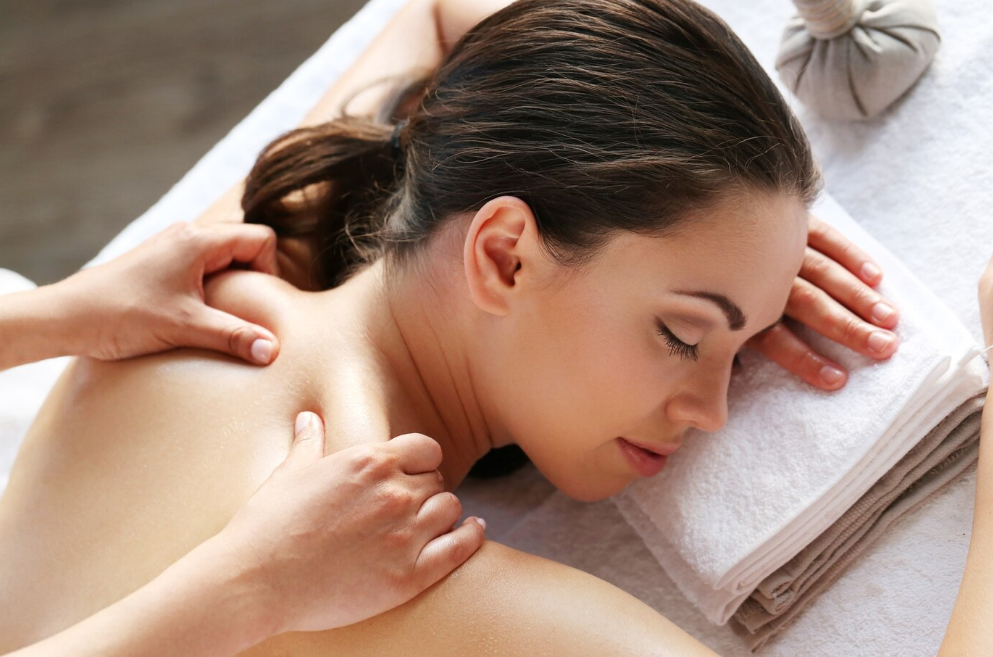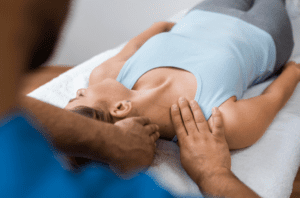Table of contents
Wondering about massage pressure? Therapist of Massage Pressure has taken place against the backdrop of the bustling streets and lively culture of Toronto. This journey has lasted ten years. I’ve discovered a crucial piece of knowledge that many people fail to acknowledge during the course of my career as a massage therapist: The irrefutable power of communication in the treatment of muscular tension and pain.
After having the opportunity to receive a massage in Vancouver as well as the chance to visit establishments such as a hotel in Vancouver that features a spa, I can attest to the fact that the fundamentals of giving a good massage are unaffected by location in any way. It’s a dance between the therapist and the client, and just like any other dance, it requires synchronicity to be successful.
Groundwork of Massage
Let’s begin by laying the groundwork for a fundamental comprehension of massage for individuals who may be new to the field or who have only had little experience with it. The foundation of massage therapy is Swedish massage. It’s not simply a massage; it’s an art form to be therapeutic at its very core.
The key goals here are crystal clear:
To improve lymphatic drainage, reduce muscle tension, and increase blood circulation. Now, every person is their unique canvas, with their specific requirements and levels of tolerance for suffering. As a result, while Swedish massage builds the framework, the real magic happens when the treatment is tailored, which involves the interweaving of specific methods that make the experience genuinely personal.
Consequently, while Swedish massage lays the groundwork, the real magic happens when the treatment is individualized. Therefore, whether you are considering a visit to a hotel with spa and enjoy massage North Vancouver offers, having a distinct understanding of the different levels of pressure can make a world of difference in the quality of the massage you receive.
Spotlight of Treatment: Trigger Point Therapy

As we delve deeper, let’s put the spotlight on one particular treatment that has earned a significant amount of attention, and for good reason: Trigger Point Therapy. Imagine that you have a troublesome knot in a muscle of your body that, every so often, becomes inflamed and causes you a great deal of suffering. In more simple words, you’ve just described a trigger point.
These minor annoyances have the potential to drastically restrict one’s range of motion and even impair activities that are performed regularly. It looks like an essential technique to deal with them: exert concentrated pressure until they give in. On the other hand, this apparent ease is deceiving because the intensity and the persistent pressure can be, for lack of a better word, intense.
This takes us to the central question of our conversation, which is: at what point does the pressure become excessive? There is a well-known proverb that states, “No pain, no gain.” This may ring true in the locker room or the peaceful confines of the massage room, but it is not applicable elsewhere.
A massage shouldn’t turn into a challenge to your stamina. If you feel that an involuntary muscle twitch is occurring throughout the session, or if you think that your breathing is getting more quick or shallow, this is a warning sign from your body.
In addition, it is vital that you convey this information to your therapist. The goal is to locate your sweet spot of ease and relaxation. Personal pain tolerances vary from person to person. To illustrate this, picture a scale measuring pain from one to ten. According to our experience, the number 7 is where we need to proceed with extreme caution. Anything beyond that is a step into the territory of needless and unwanted discomfort.
Impacts of Exercise
The importance of highlighting this cannot be overstated because the consequences of an excessively strenuous exercise might have a lasting impact. After getting a deep tissue massage, is it normal to feel a little tender or maybe a little bit sore? Certainly not. That’s your muscles’ way of thanking you for the job you just did.
On the other hand, if this feeling persists for a longer time, that should raise some red flags. We take great pleasure in our expertise, yet massage is a field that relies heavily on teamwork. Your feedback is not only appreciated but also very much needed. It is a harmonious collaboration in which both sides contribute to the goal of achieving the best possible result.
In addition, creating an environment conducive to open discussion has benefits that go beyond the scope of the current session. When you share how comfortable you are, it gives us information for future sessions, which enables us to take a more individualized approach.
Always keep in mind that communication is the most critical aspect of any therapeutic experience, whether you’re thinking of getting a massage in a Vancouver hotel with spa or seeking therapy in any other location. This synergy is what turns an ordinary session into a therapeutic experience for the client.
Conclusion
In conclusion, the practice of massage pressure therapy is not only about kneading muscles; rather, it is about having an understanding of one another, working together, and having trust in one another. At Spa Utopia, your physical well-being and emotional ease are our highest priorities. Raise your objections if you think anything is unreasonable. We don’t simply want to give you a massage; we want to create an experience, a sanctuary where you can feel refreshed and reinvigorated when you leave.
FAQs
Your body often provides natural cues when the pressure is excessive, such as muscle twitching, sharp pain, or the urge to pull away. However, it’s essential to communicate verbally with your therapist if you feel any discomfort. A massage should feel therapeutic, not painful.
Yes, some soreness after a deep tissue massage is typical, similar to the sensation after a rigorous workout. This feeling can last for a day or two. It’s the result of the therapist working on deep layers of muscle and connective tissue. Drinking water, taking warm baths, and gentle stretching can alleviate post-massage soreness.
Communication is vital to ensure a comfortable and beneficial massage experience. While you don’t need to engage in constant conversation, it’s essential to communicate any discomfort or pain, or if you’d like the pressure adjusted. Trust your body and don’t hesitate to speak up whenever you feel the need.
Trigger points, commonly referred to as muscle “knots,” are specific spots in the muscle that can cause pain, discomfort, or even refer to other parts of the body when pressed. Targeting these points during a massage helps alleviate pain and restore muscle function. The process might be slightly uncomfortable, but the relief it brings can be significant.
Absolutely! Your comfort is paramount during a massage session. Whether it’s adjusting the room’s lighting, changing the music volume, or modifying the table’s warmth, feel free to communicate your preferences to your therapist. They aim to create an environment conducive to your relaxation and healing.





